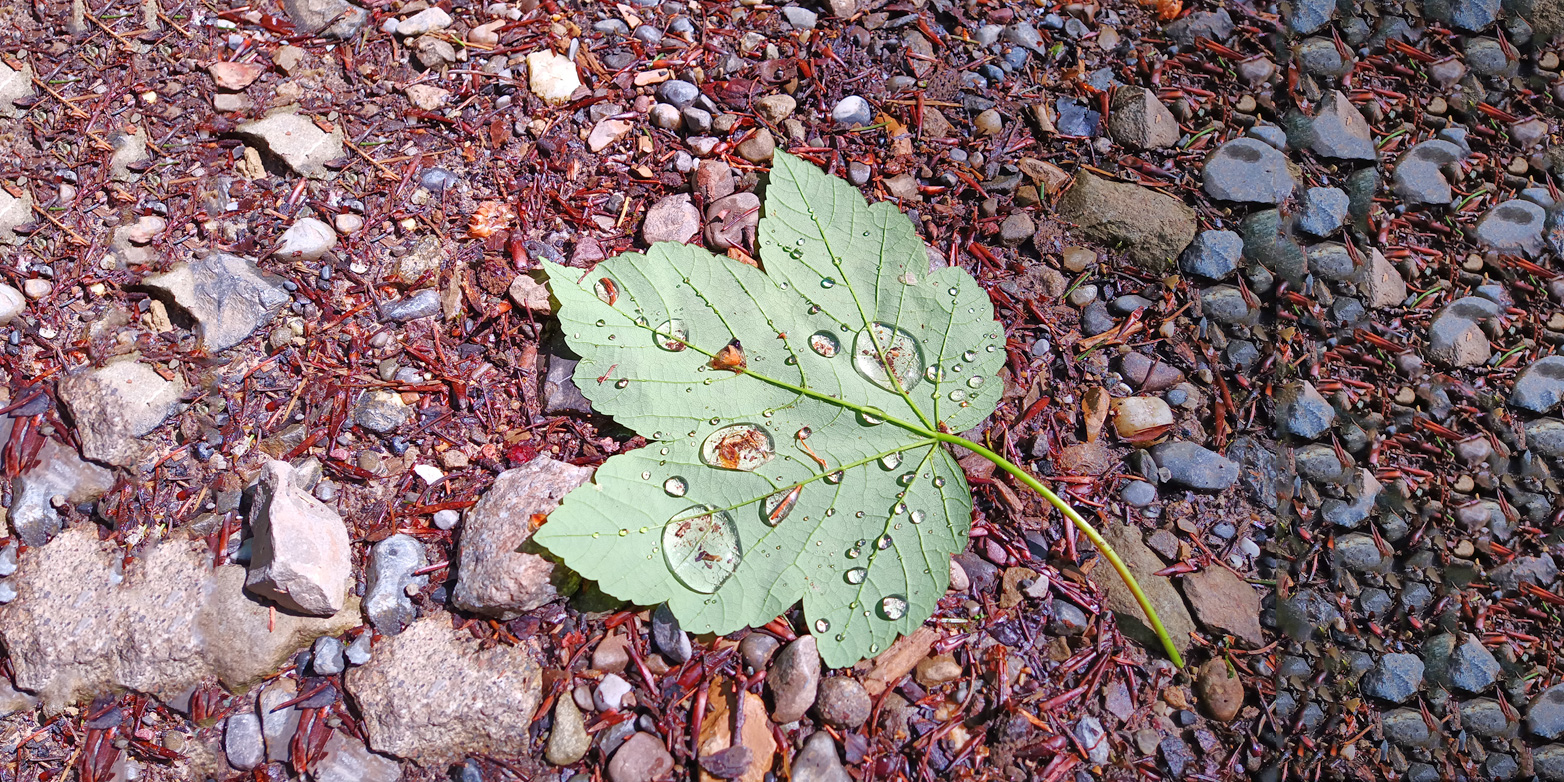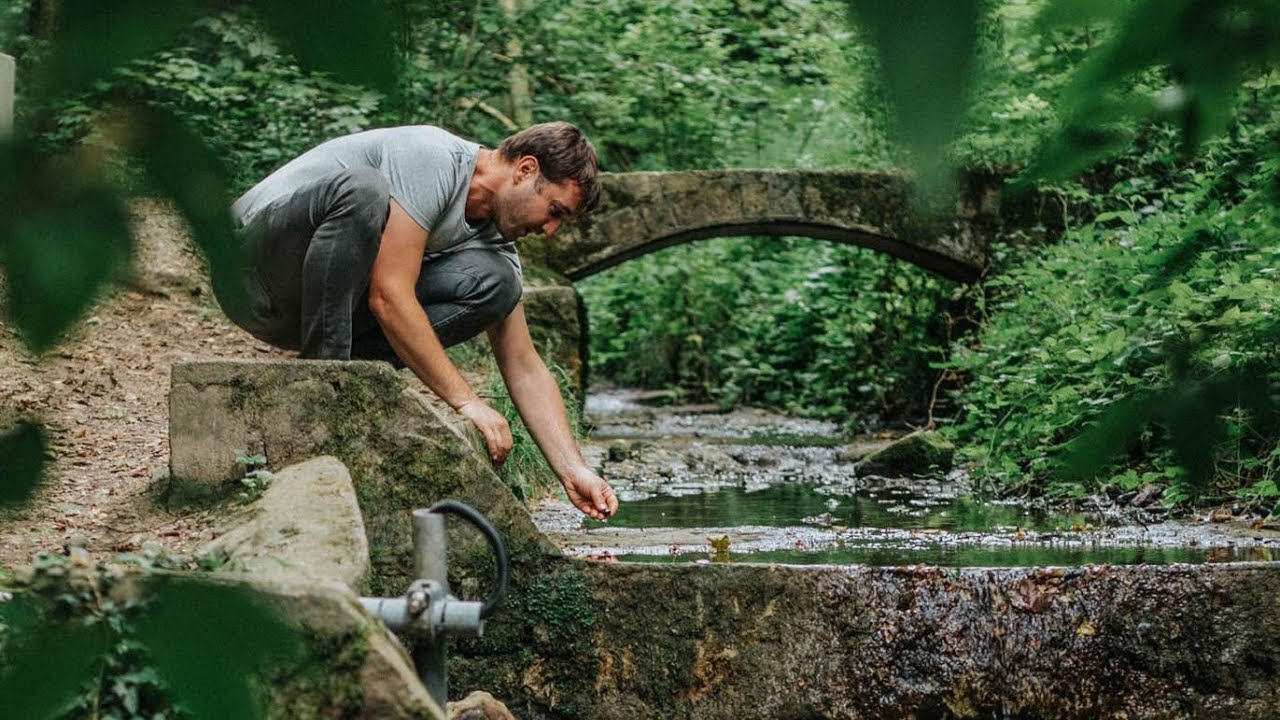In a recently published study in the journal external page Ecohydrology, Floriancic, Kirchner and Molnar were able to show that dead plant material on the forest floor plays a far more important role in the water balance of a forest than previously thought.
How much water is left for trees?
When it rains in the forest, various transport and storage processes take place that still have to be investigated in more detail. “In order to understand the effect of droughts for forest ecosystems, we need to know on which paths and in what quantities precipitated water moves through the forest,” explains Floriancic, lead author of the study and head of the hydrological project.
Floriancic and colleagues are dealing with fundamental questions: Where does the rainwater end up when it rains in a forest? How much of it ends up in the soil? What proportion is accessible for vegetation? How long does it take for a drop of rain to be transpired through the leaves of the trees?
The researchers' water balance for the Waldlabor provides initial answers: around 20 percent of annual precipitation is retained in tree canopies and evaporates back to the atmosphere – that's what they had expected. What surprised them, however, was that almost the same fraction, around 18 percent of precipitation, is retained in the litter layer of fallen leaves, needles and deadwood on the forest floor. “This is much more than we expected based on previous research results,” says Floriancic. This portion of the water also evaporates back into the atmosphere.







